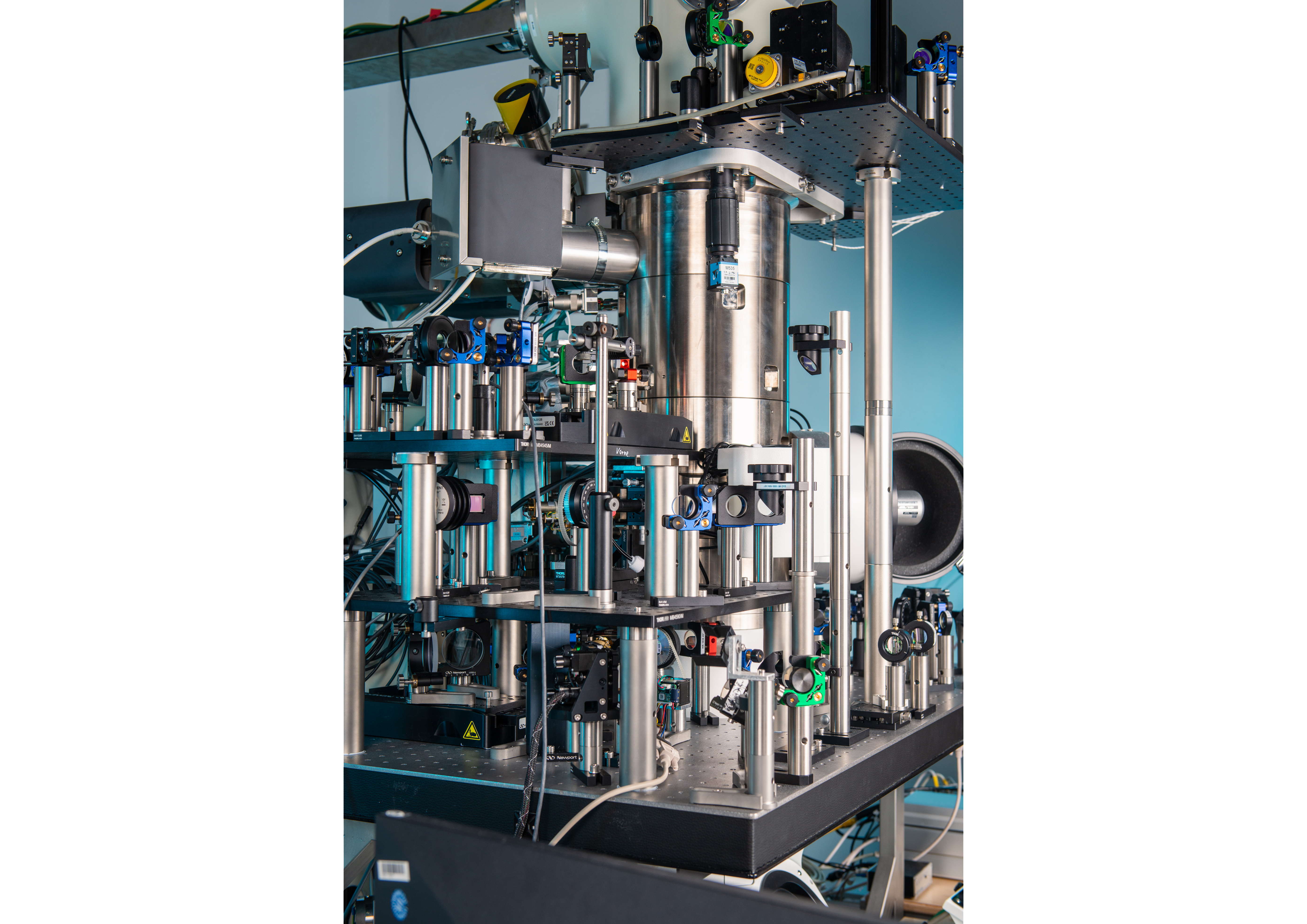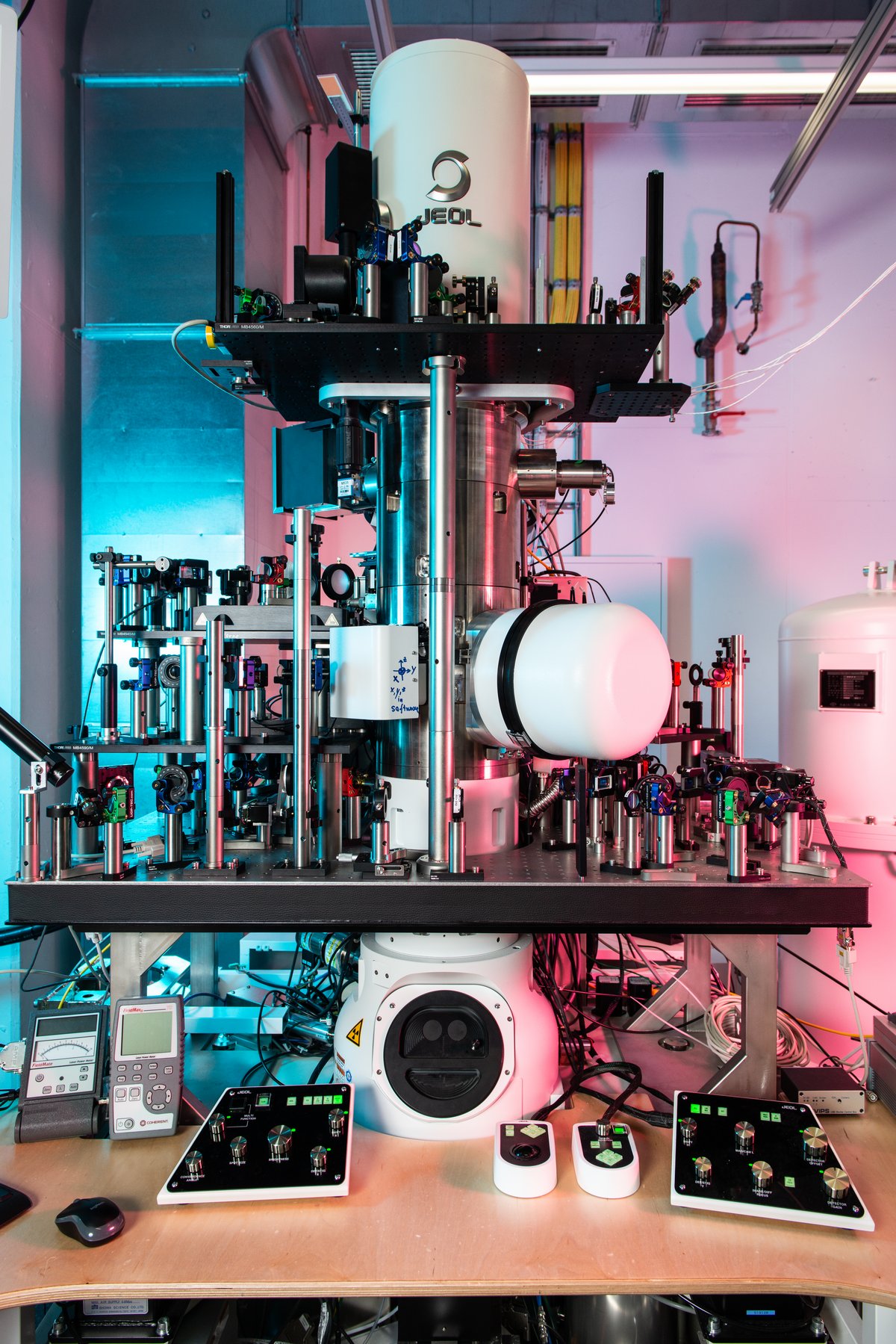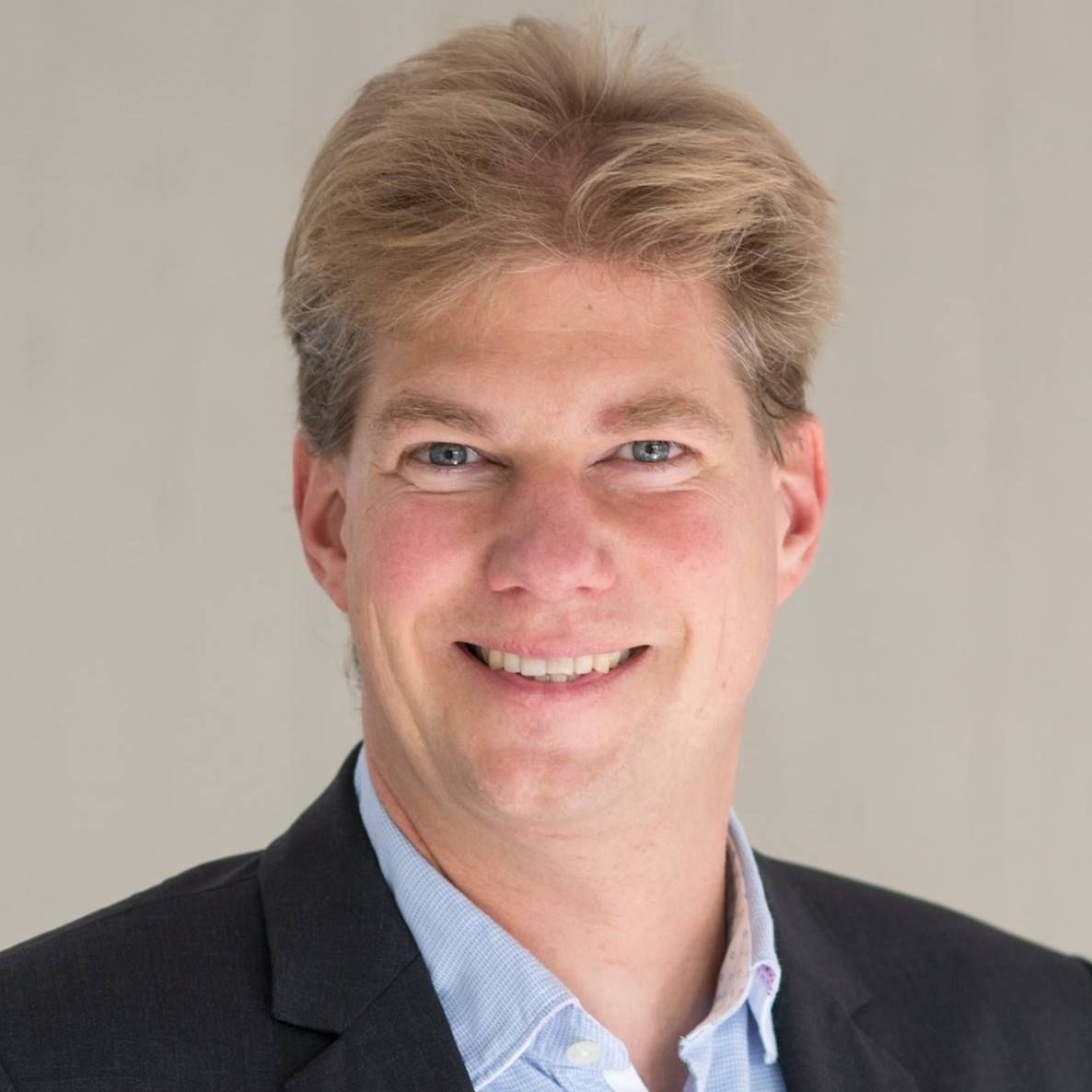
Helmholtz Prize awarded to Konstanz physicists
Peter Baum's research team (University of Konstanz) was awarded the Helmholtz Prize for Fundamental Research for the development of an innovative attosecond microscopy technique – award ceremony on 28 August 2024 in Hamburg.
Both of this year’s Helmholtz Prizes, which are being awarded for precision measurements in fundamental research and in applied metrology, prove what kind of groundbreaking success stories can be achieved with light and electrons. Using a newly developed microscopy technique, the physics research group of Peter Baum from the University of Konstanz managed to capture the extremely fast movements of atoms and electrons as if they were in a film. The researchers involved will receive the Helmholtz Prize in the field of fundamental research for this development. In the field of applied metrology, the prize will be awarded to an interdisciplinary team doing research into physics and medicine at Leibniz University Hannover (group headed by Prof. Dr. Bernhard Roth) and the University Medical Centre Rostock (Prof. Dr. Steffen Emmert’s group). Both prizes are endowed with 20,000 euros each and will be awarded in Hamburg on 28 August 2024 as part of the XXIV IMEKO World Congress, during which the most recent developments "in the world of measurements" will be presented and discussed.
Starting the film: Attosecond electron microscopy
Today’s technological ambitions are reaching deep into the microworld, for instance, in terms of developing novel materials that need to have specific optical features. Other examples are the design of novel circuit methods for ultrafast electronics in information processing or the manipulation of electrons in quantum cryptography and quantum computing. All of these fields of application have one thing in common: They are part of a microworld in which the processes take place within unbelievably small time intervals. Typical time scales here are on the order of attoseconds (10-18 s).
The group of physicists led by Peter Baum has now found a novel way of accessing this "microworld of fast processes" by coupling laser light in an electron microscope at the same time, which causes a sequence of ultrashort electron pulses. In this way, they have managed to combine the atomic-scale spatial resolution of an electron beam with the attosecond timing of a laser wave. This basically allows us to directly watch the fundamental dynamics in complex structures of the microworld as a film in space and time.
This attosecond electron microscopy advances to completely new measurement ranges and is so flexible at the same time that it can be used to examine a wide variety of samples. Therefore, measurements are not limited to academic materials, but almost all interesting natural or technical materials can be examined in this way. Companies from Japan and the USA have already shown an interest in using this development commercially. The first two patents have been already granted.
"On behalf of our team, I would like to thank the Helmholtz Fund very much for this special award. The funding enables us to continue experimenting with light and electrons and atoms in order to learn more and more about the interactions between these two important elementary particles," says Professor Peter Baum.
Additional information about the microscopy technique is available in the original publication
The prize
The Helmholtz Prize is awarded every two years for outstanding scientific and technological research in the field of precision measurement in physics, chemistry and medicine. The prize is awarded in two categories, fundamental research and applied metrology, with each prize endowed with 20,000 euros. The Helmholtz Fund e. V. is a non-profit organization dedicated to promoting progress in metrology.
Press release about the 2024 Helmholtz Prize recipients
The award winners:
2024 Helmholtz Prize: Precision Measurements in Fundamental Research
- David Nabben, Joel Kuttruff, Levin Stolz, Andrey Ryabov, Prof. Dr. Peter Baum
(Department of Physics, University of Konstanz) - Nabben, D., Kuttruff, J., Stolz, L. et al. Attosecond electron microscopy of sub-cycle optical dynamics. Nature 619, 63–67 (2023).
https://doi.org/10.1038/s41586-023-06074-9 - Contact: Prof. Dr. Peter Baum, Light and Matter Research Group, Department of Physics, University of Konstanz, Universitätsstraße 10, 78464 Konstanz, Germany
(email: peter.baum@uni-konstanz.de)
2024 Helmholtz Prize: Precision Measurements in Applied Metrology
- Prof. Dr. Bernhard Roth, Anatoly Fedorov Kukk, Felix Scheling, Di Wu
(Leibniz University Hannover, Hannover Centre for Optical Technologies and Cluster of Excellence PhoenixD)
Prof. Dr. med. Steffen Emmert, Dr. med. Rüdiger Panzer
(University Medical Centre Rostock, Clinic and Policlinic for Dermatology and Venereology) - Fedorov Kukk, F. Scheling, R. Panzer, S. Emmert, and B. Roth, “Combined ultrasound and photoacoustic C-mode imaging system for skin cancer assessment”, Nature Scientific Reports (2023) 13:17947.
https://doi.org/10.1038/s41598-023-44919-5 - Contact: Prof. Dr. Bernhard Roth, Hannover Centre for Optical Technologies, Leibniz University Hannover, Nienburger Straße 17, 30167 Hannover, Germany
- (email: bernhard.roth@hot.uni-hannover.de)


